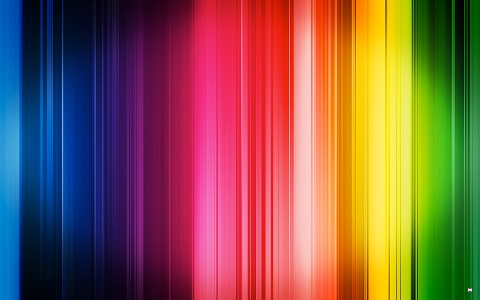
Photography is like traveling. Having a camera, the required lenses and the know-how of photography is akin to having read and packed the travel guide; but we all know that travel is what happens when the foot meets the ground. To be able to truly navigate this country called ‘photography’ one must be well versed with its language – the language of colors.
The language of silence
Like the seven notes of music that form every song, red, yellow and blue form the basis of every color in the world; they’re called the primary colors. These three colors are independent – in the sense that, they are independent and cannot be created by mixing other colors. However, when mixed in different proportions, they create all other colors.
The primary colors of red, yellow and blue when mixed in 50 percent proportion give rise to the secondary colors of violet, orange and green. By mixing secondary colors we arrive at tertiary colors and so on. This gives rise to a circle of hues enabling the viewer to observe relationships between the colors as well note complementary colors.
Speaking the language
The colors in a composition can be either monochromatic or complementary. Monochromatic colors abound in nature – the shades of green of the grass, the blues of the sky.
Complementary colors can be directly opposite to each other on the color wheel (red and green, yellow and violet) or variations of the same. Nature is teeming with examples of perfect complements – a red-breasted robin atop a green tree, orange fall leaves across a backdrop of a blue sky, yellow flowers with a violet centre and countless more.
Navigating the land
With practice, a photographer will be able to not just visualize the setting in terms of lines, but will be able to incorporate his or her knowledge of colors so as to bring out the best in any setting.
Knowledge of colors and how they work is not just important but crucial to a photographer’s journey in turning his or her amateur pictures professional. Juxtaposing complementary colors or even finding the spark in monochromatic ones leads to beautiful photographs.
For a more in-depth understanding of colors and their relationships see this article.
